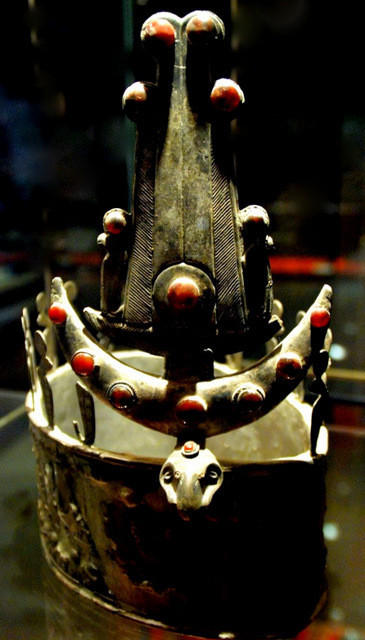| Gyártó: | Nikon D80 |
| Fókusztáv: | 28mm |
| Rekesz: | f/4.0 |
| Zársebesség: | 1/10 |
| ISO: | 1000 |
| Készült: | 2010. máj. 21. 02:08 |
Hibás email cím vagy jelszó!


Figyelem!
Az általad letölteni kívánt tartalom olyan elemeket tartalmaz, amelyek Mttv. által rögzített besorolás szerinti V. vagy VI. kategóriába tartoznak, és a kiskorúakra káros hatással lehetnek. Ha szeretnéd, hogy az ilyen tartalmakhoz kiskorú ne férhessen hozzá, használj szűrőprogramot
















































